
Friday, May 27, 2022
3 years in the planning, postponed 2 long pandemic years, we were finally en route to Namibia!
Giant red sand dunes and sculptural dead trees were a major draw, as well as wildlife safaris.
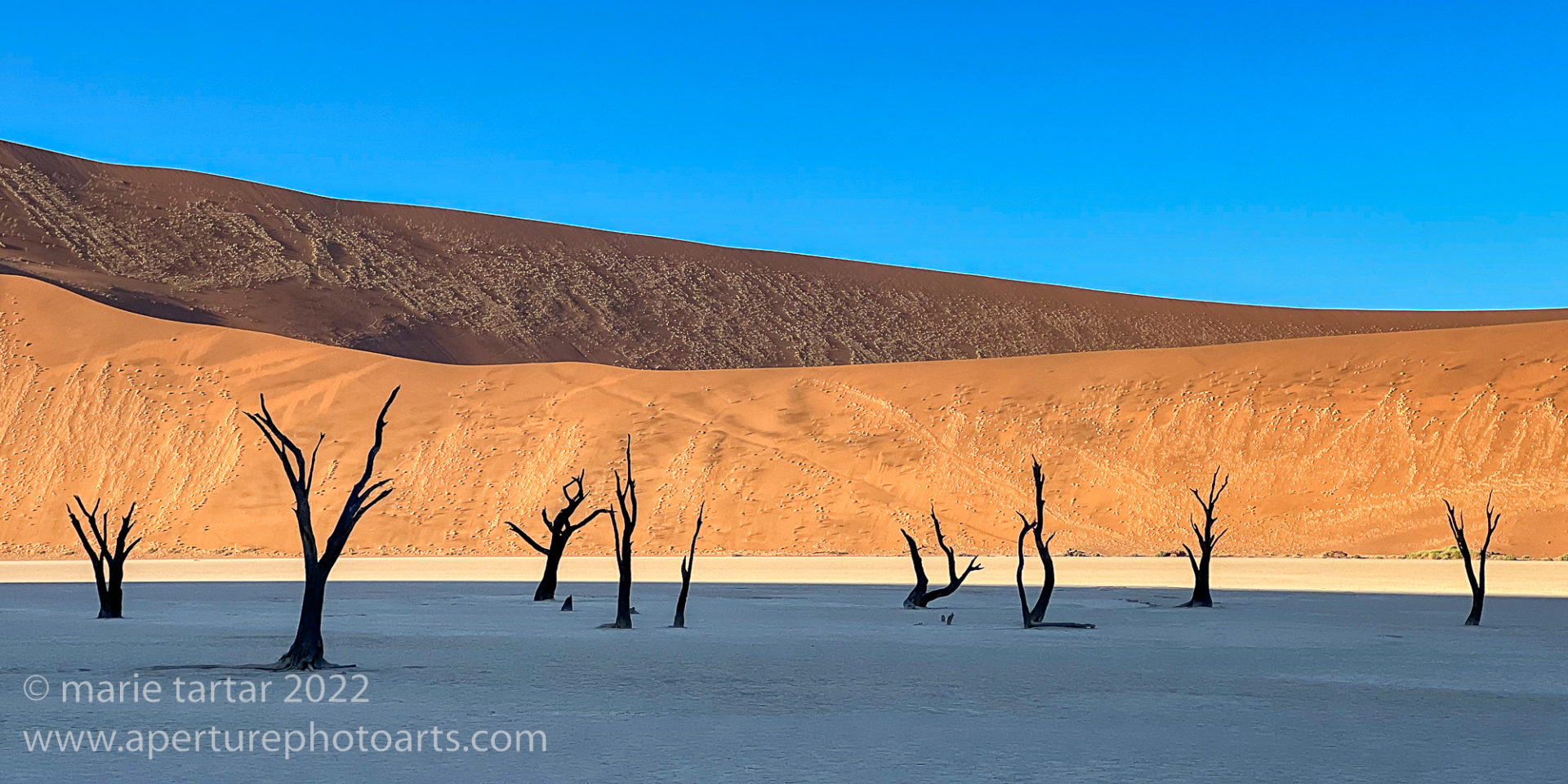
800 year old camel thorn acacia tree skeletons in a dune-surrounded clay pan called Deadvlei also drew me to Namibia.
We celebrated Steve’s 50th birthday in Kenya in 2007 (wildebeest migration, Masai Mara, Lake Nakuru and Samburu) and our 20th wedding anniversary in 2009 in South Africa with a Kruger area safari, sardine run along the Wild Coast and explorations of Capetown and the Stellenbosch wine region. We had great memories from our two prior trips to Africa and had wanted ever since-only 13 years ago!-to return. Here’s a few favorite images showing just some of the reasons we were anxious to go again:
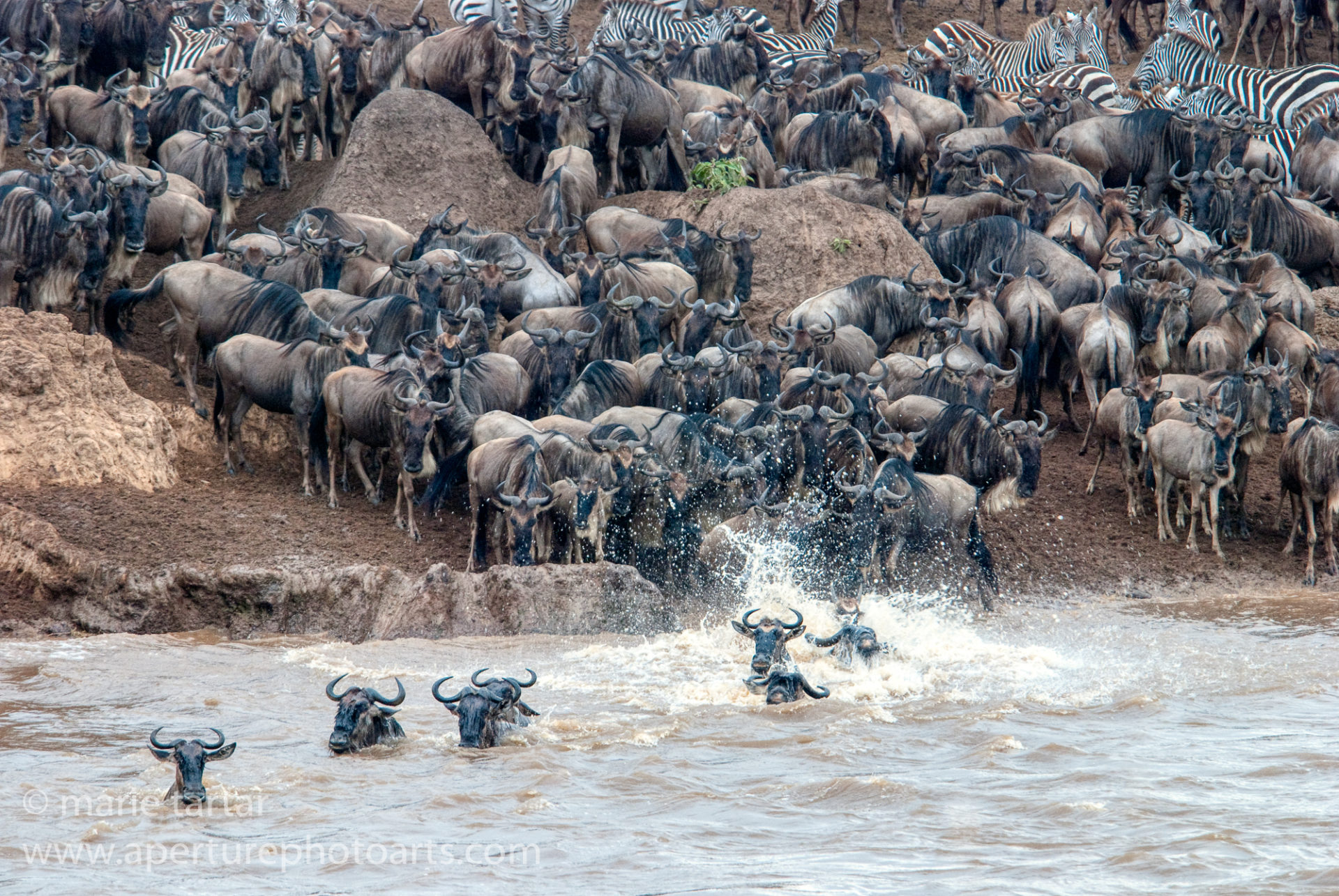
Wildebeests on the move: the brave ones ford into the stream, hoping to evade crocodiles, while their brethren monitor their progress from shore before wading in.
Of course, our departure was not without some minor complications, starting the night before.
After a conversation with our cabby en route to JFK after our April trip to New York, Steve had become a sudden convert to juicing. In the time honored tradition of using up everything in the refrigerator before departing on a long trip, he arranged all manner of colorful fruits and vegetables on the kitchen counter and proceeded, while chatting with his sister Susan on the phone, to turn them into a wonderful-smelling fresh juice. Suddenly, there was a crash and cry emanating from the kitchen-the fresh juice container had slipped from his hand as he made his way to the sink with the fibrous residue. The juice, a pale red thanks to the inclusion of beets, was now seeping into the area rug, which although a Tufenkian, was one of which I was never that fond.
“Susan, I’ve got to go!”
We had a 5:25 pm non-stop flight to Munich on Friday of Memorial Day weekend and planned to call a ride share at 2 pm to head to San Diego airport. At 2 pm, Steve was on the phone, trying to confirm that the alarm system was working. The garage door also conspired to keep us from leaving on time, with one of the doors going on strike and suddenly refusing to close properly. I walked up the hill to meet the driver while Steve manually closed and secured the door. He called me from the house, asking me to have the driver come down the hill to the house. We usually walk up to the street to meet drivers since GPS sometimes gives them faulty directions.
When Dawa from Lyft appeared in his Prius, I loaded my rolling duffle and camera bag into the trunk and asked him to drive down the private drive. As I was walking down, I had a sudden realization, borne from our Chile robbery, that he could have wheeled the car around and taken off with my luggage quite easily. He didn’t, of course, but the fact that this thought passed through my head was telling that the incident had left its mark on me.
At the airport, installed in the United Lounge, I saw a familiar face. But masked, I wasn’t convinced it was our former colleague and dermatologist Seaver. He has a twin brother and we joked that it was Seaver’s twin. But disembarking in Munich, it was Seaver, en route to Paris to speak at a conference.
Leaving the lounge, I saw the back of a woman who reminded me of our partner Ann, with whom I had recently worked. I knew she was heading soon to England with her boyfriend so I didn’t think it could be her. But there she was, also sitting in business in the row behind us. It turns out it is faster to fly to Manchester via Munich than via London, which was surprising to learn.
Since several people had mentioned Judas and the Black Messiah to me recently, including my partner Rosa, I took advantage of it being in the film line up to screen it as soon we took off.
The lie flat seat was comfortable enough to catch some hours of sleep, although Steve found it more comfortable to be semi-reclined. I started House of Gucci when breakfast was served, definitely entertaining enough to wake me up.
Sunday, May 29, 2022
Today is Greg’s birthday, which I remembered on the drive from the airport in Windhoek and the start of our long-anticipated return to southern Africa to explore the landscapes and wildlife of Namibia. This reminded me that this trip, postponed two long pandemic years, was originally conceived as my 60th birthday gift to myself.
We barreled through the night from Frankfurt, traversing the length of Africa to arrive into a crisply cool Namibian morning. Along the way, we met one of our fellow travelers, Jon, who spied our photo backpacks waiting to board in Frankfurt and guessed we must also be meeting up with Martin Bailey, English photo professional living in Japan.
We were all in the same section of Lufthansa’s business class for the 10 hour flight, which for me was pleasantly enough passed with Benedict Cumberbatch portraying the brilliant English mathematician Alan Turing in The Imitation Game whose cryptographic work to decode the German’s enigma machine turned the tide for the Allies in WW II. For my second feature, I screened an interesting indie by Justin Chon, Blue Bayou. He wrote, directed and stars in the 2021 film as Antonio Leblanc, a Korean-American adopted as a child, living in the South, trying to make his way as a family man married to Kathy (Alicia Vikander) and stepfather to Jessie. They are expecting a daughter and have continual financial struggles, in part due to his past criminal record. Their difficulties come to a head when Antonio is threatened with deportation, despite having lived in the US for 30 years. His adoptive parents never had him naturalized.
Martin met us at the airport. There was a wrinkle for Jon, whose luggage was missing in action and would not surface until later in the week. The final member of our small group, Jan, had already arrived with Martin the day before and was already installed at the River Crossing Lodge on the outskirts of Windhoek. After lunch, Jon headed into town in search of emergency clothing, with Martin charged with procuring us the 3-pronged electrical adaptors we needed to keep our cameras and computers going.
River Crossing is a pleasant, peaceful enclave of German farmhouse style chalets, with views of Molkeblick Mountain and the lights of Windhoek.
Monday, May 30, 2022
Parrots and a flock of guinea fowl saw us off as we rattled off down the road to start our journey south in a safari-ready beige Toyota Land Cruiser. With Forster at the wheel (on the right) and Martin in the front passenger seat on the left, we quickly fell into a routine of arranging ourselves, our tripods and cameras bags in the 3 rows of seats, with 2 in the back (“Economy”) flanking the snack box, 2 in the middle (“Premium Economy”) and one in front behind the front seats (“Business Class”). We rotated each day so everyone had turns in every position, with access to a window for shooting from the vehicle. We also became (to various degrees) adept at popping the roof up when the photography situation required.
Baboons were briefly glimpsed along the road, but we were never to see them in photography range, despite warnings in our rooms later in the week at Sossus Dune Lodge not to feed these wild animals and to keep them out of our rooms and cars.
Martin and Forster produced coins when we encountered our first 2 Namibian dollar charge to pass through a turnstile entry to use the Shell restroom. As 200 Namibian dollars equalled about $13 US, the charge was minimal, but having the right change was essential.
Forster oriented us as we rolled along. Namibia is in southern Africa, bordered on the south by the Orange River, which divides it from South Africa. Namibia emerged from South African administration, including apartheid, only in 1990. This period was preceded by German occupancy beginning in 1884, which lasted until World War I, followed by South Africa. One of the major German legacies is good infrastructure, which even on non-paved roads, was evident. This was a marked contrast to me from feeling shaken into a bundle of bones on remote Kenyan roads.
On the west, Namibia has a long stretch of Atlantic coastline. Angola forms most of the northern border and Botswana the east. The country is sparsely populated, second only to Mongolia in that regard, perfect for a trip abroad with the global pandemic still very much a concern.
The original Namibians were bushmen and the majority of Namibians today are of Bantu-speaking origin. Although nominally there is a multi-party system, effectively a single party, SWAPO (South West Africa People’s Organization) dominates, with 3 presidents elected since independence .
Although this was a long driving day, we made good time, arriving at Keetmanshoop and the Quiver Tree Forest Rest Camp well in advance of sunset, giving us time to disgorge into our rooms and gear up for shooting until sunset. Quiver Tree is a misnomer, as Aloidendron dichotomum is an aloe, capable of attaining heights up to 30 feet and living as long as 300 years. This unusual aggregation is on a family farm privately owned by Coenie and Ingrid Nolte, as is the nearby Giant’s Playground of dolerite rocks dating back to 180 million years ago. The name doesn’t imply any quivering, à la “shaking aspen”, rather refers to the traditional use of hollowed branches of the quiver tree by the indigenous San people as quivers for their arrows.
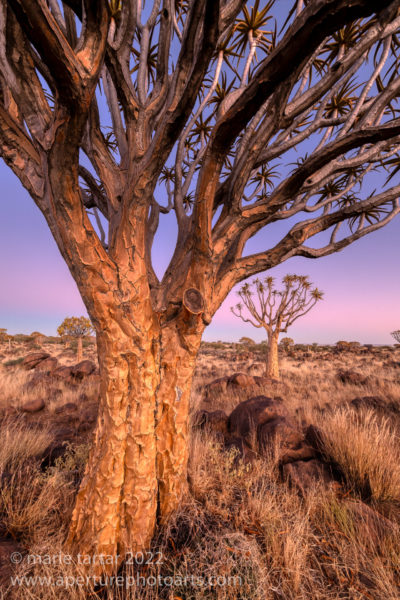
The wrinkled skin of these giant aloes of Namibia (quiver tree is a misnomer) glows in the soft light of evening.
We had the Quiver Tree Forest nearly to ourselves. It was very quiet, stirred only by the rustling of hidden rock dassies or rock hydraxes, terrestrial mammals that make their homes in rock crevices. While we were waiting for the sun to set, I experimented with Greg’s infra-red converted Sony.
Steve was off on his own, being entertained by a family of hydrax with young.

While Greg, Jon and I hung with Martin waiting for sunset in the Quiver Tree Forest, Steve kept company with this adorable family of hydraxes (a terrestrial mammal which favors rocky crevices for domiciles).
Dinner back at the Camp was served family style and was a tasty savory meat dish which seemed reminiscent of a shepherd’s pie, although the meat was some type of antelope and the topping was yellow, probably a curry-flavored egg custard.

Our Namibia trip was timed to coincide with the new moon. The Milky Way was a spectacular feature of this night in the Quiver Tree Forest.
After dinner, we hiked back out among the quiver trees to take advantage of the new moon and absence of light pollution to photograph the spiky aloes against a backdrop of the glittering Milky Way.
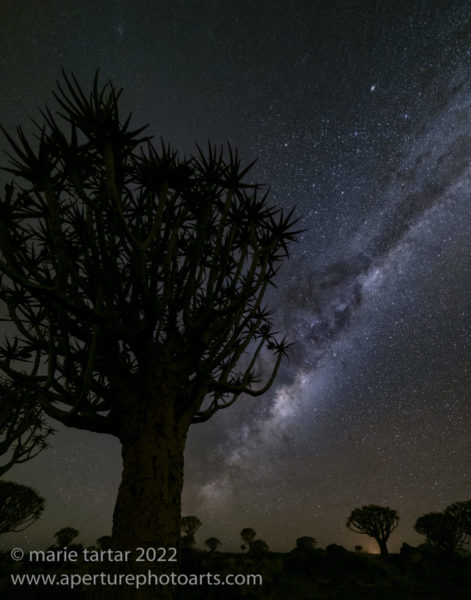
A new moon, the Milky Way, an absence of light pollution and Namibia’s signature Quiver Trees made for a magical evening.
Tuesday, May 31, 2022
We were up early in the dark to head into the Giant’s Playground for sunrise. Imagine a field of gargantuan building blocks left in stacks of haphazard order by a giant child. The formations reflect powerful geologic forces at work over millenia, with igneous dolerite (solidified lava) formed below the earth’s surface lifted up and separated by extrusions of magma, to be further shaped and eroded over time by wind, heat and rain.
The sky glowed an increasingly intense orange as it lightened. A large formation resembling an Easter Island moai in profile made a nice silhouette regarding the jagged landscape.

As the sun approached on a cold morning in the Namibian winter, the last of the stars and Venus (center) trail over the Giant’s Playground.
On Martin’s suggestion, I changed the white balance to intensify the glowing color of the sunrise.
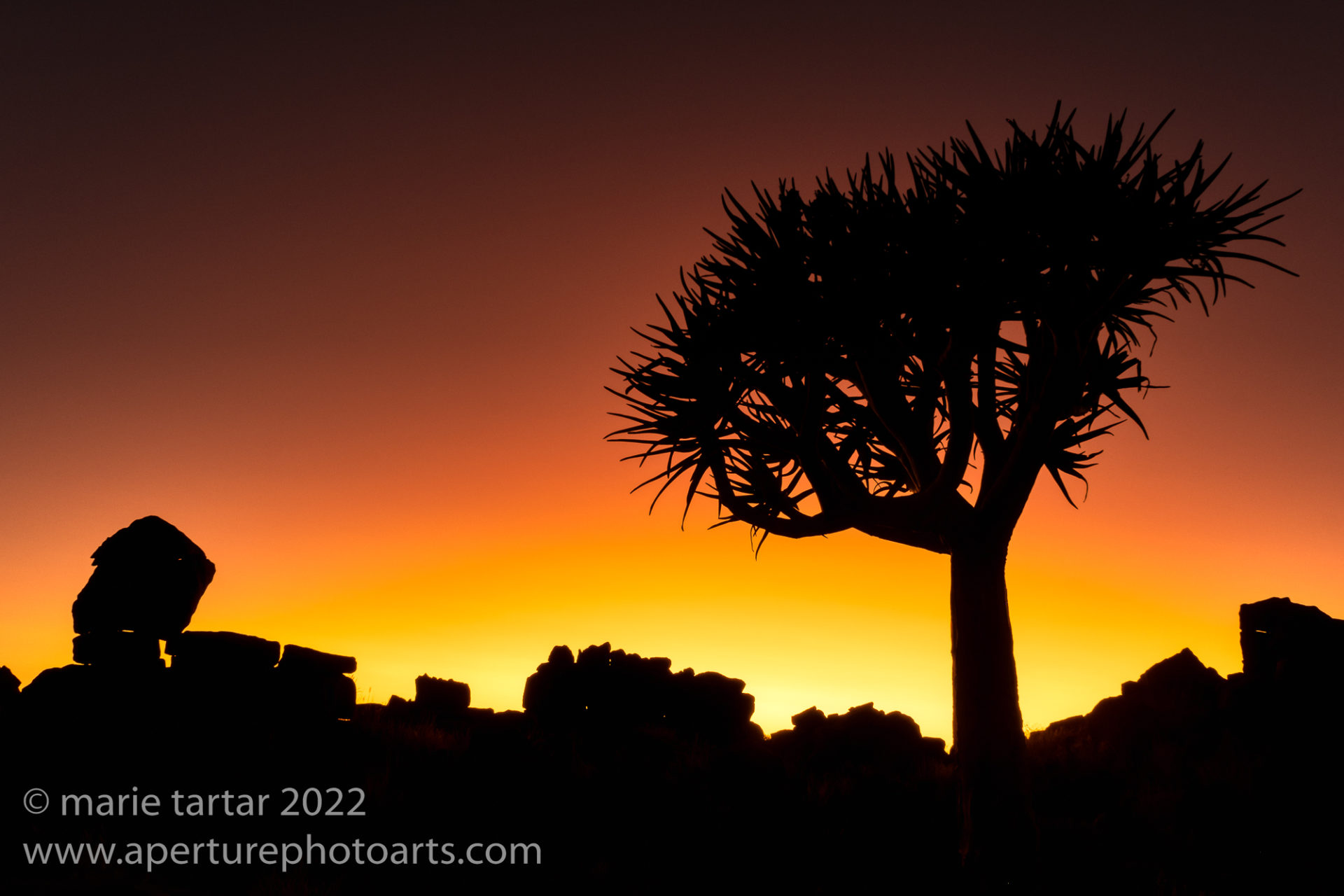
Sunrise: Giant dolerite boulders in haphazard stacks dot the landscape at the Giant’s Playground, with an occasional scattered quiver tree.
After our sunrise shoot, we packed up to head west towards the coast, stopping off at Aus for gas, restrooms and chocolate covered caramel and ice cream Rolo bars. Steve declined the Rolo bar offer, only to consume mine while I was in the bathroom. I gather that my reaction-a shrug- was a letdown to the group who had expected more fireworks.
Our planned lunch stop was a rendezvous with a band of wild Namib desert horses at the Garub watering hole, but it was too windy to disembark from the vehicle, so we ate our box lunches inside as sand swirled over the road. These horses are probably descendants of riding horses brought to Namibia by the Germans and escaped South African military horses.

Wild horses scratch out a living in the dusty desert of Namibia. They do have a reliable water supply since 1980 at Garub.
The roads were smooth enough for me to finish reading Interior Chinatown: A Novel by Charles Yu, a very funny send up of Hollywood Asian tropes. Written in screenplay form, its protagonist, Willis Wu, aspires to progress from a bit player (Generic Asian Man) to Kung Fu Guy.
In the afternoon, we changed photographic gears dramatically, to diamond mines, abandoned dreams and sand dunes, to be continued …in a future post! Here’s a preview and a link:

The loneliest abandoned German-colonial era train station, Garub, Namibia, in the sand-swept Namib-Naukluft National Park.
-Marie

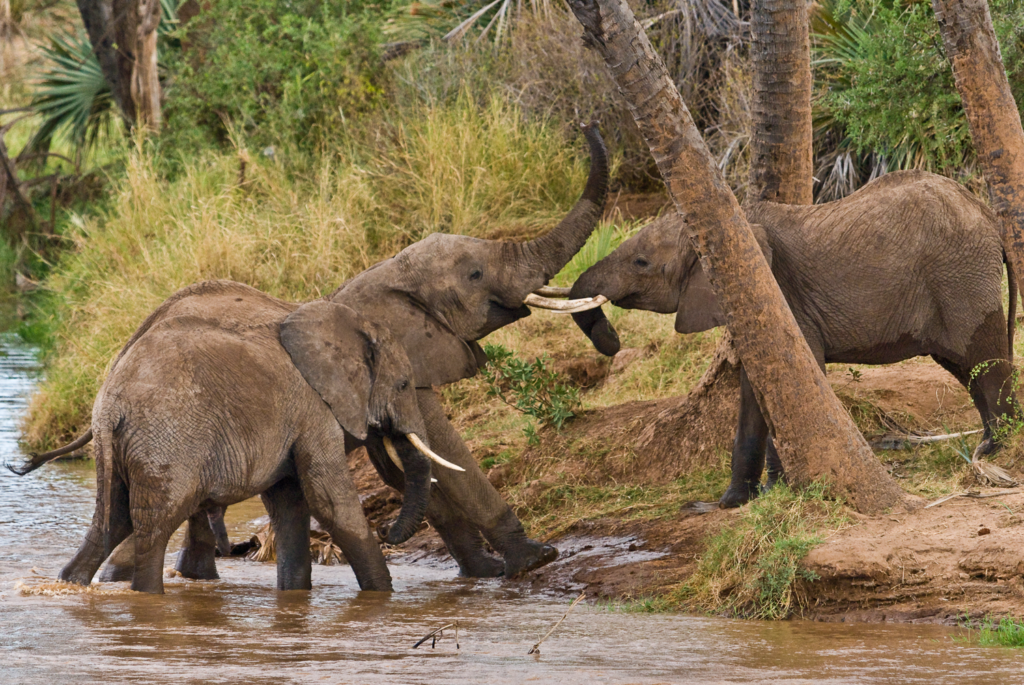
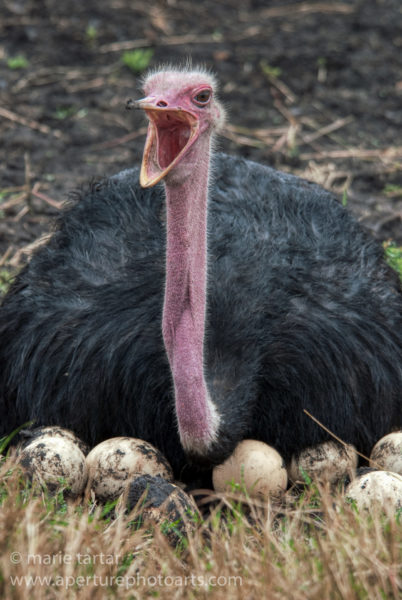
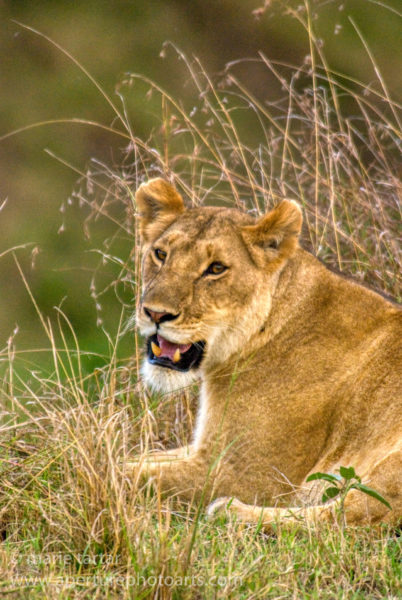



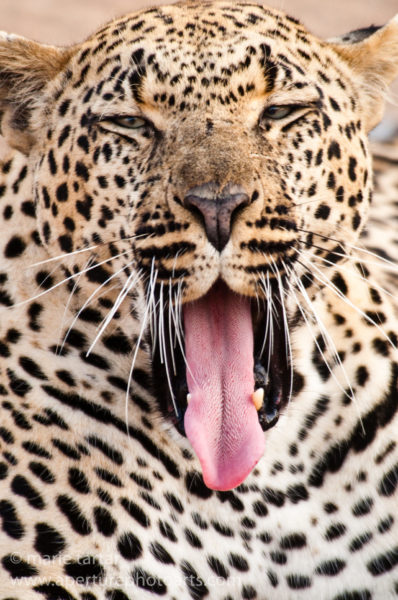
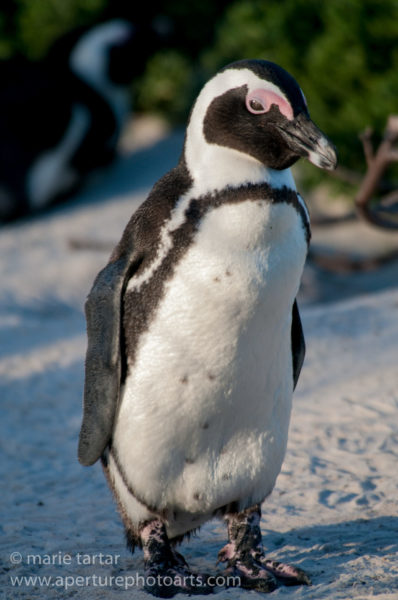


Hi,Marie
You guys are now traveling around the globe!
It’s fun to read your adventure.
Say hello to Steve and Greg💕
Hi Mari, We are working our way through the backlog of pandemic-postponed trips! This was #3, with 2 more to go (one postponed to this fall, another to 2024!). Martin Bailey, with whom we traveled, lives in Tokyo, so we all hope to travel again with him to Hokkaido, maybe in winter 2024?
-Marie
❤️❤️😊
Amazing photos…gonna have to live vicariously through you!
Or better yet, come along sometime!
-Marie
You are a master, Marie.
The small details you remember from the trip made me relive every part. 👏👏👏👏
Hi Jan,
My blog is my adult peripheral brain!
-Marie
I always enjoy traveling vicariously with you two!. Looking forward to more in person stories. s